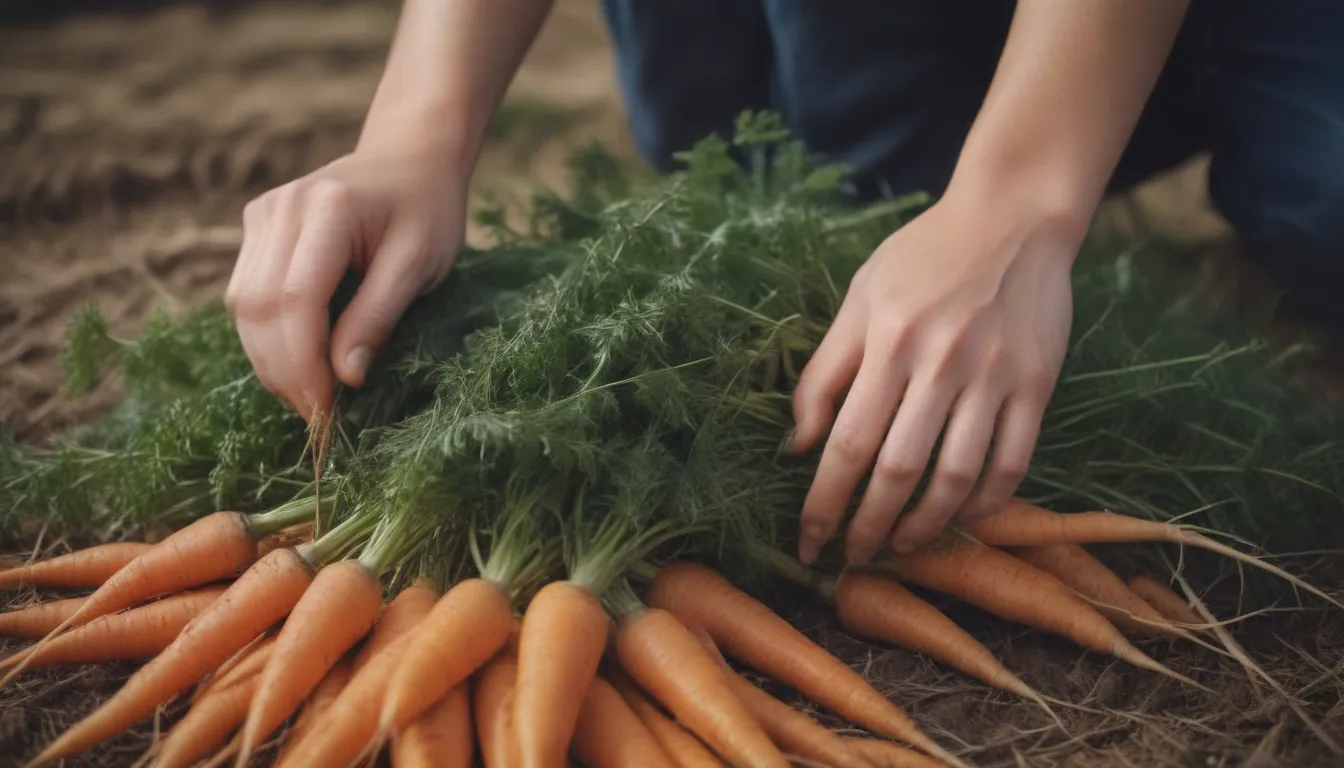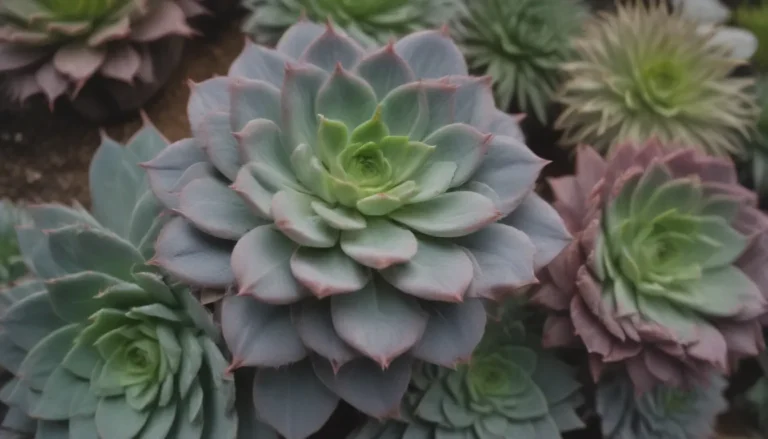The Ultimate Guide to Harvesting and Storing Carrots in Your Garden

Carrots are a delightful vegetable to grow in your garden, offering a sweet and crunchy addition to your meals. Whether you’re a seasoned gardener or just starting out, knowing when to pick your carrots for the best harvest is essential. In this comprehensive guide, we’ll explore everything you need to know about harvesting and storing carrots to ensure you get the most out of your garden.
When to Harvest Carrots
Carrots are typically ready to harvest in 60 to 80 days after planting the seeds. However, some varieties can be ready even earlier, depending on your growing conditions. Here are a few key points to keep in mind when deciding when to pick your carrots:
- Seed Packet Instructions:
-
Always refer to the instructions on the seed packet for specific guidance on when to harvest your carrots. Different varieties may have slightly different timelines for maturity.
-
Shoulder Width:
-
A telltale sign that your carrots are ready to pick is when the top “shoulder” of the carrot starts peeking above the soil. If it’s around 3/4 to 1 inch in length, you can be confident in harvesting it.
-
Pull a Test Carrot:
- If you’re unsure about the maturity of your carrots, try pulling out a test carrot to check its size and taste. Harvest a few carrots to see if they meet your desired level of sweetness and tenderness.
Keep in mind that larger cultivars can be harvested at around 50 days or when they are finger-sized for a tender and sweet flavor. Most varieties should be harvested when the shoulders of the carrot reach one to one and a half inches in diameter for optimal taste.
How to Harvest Carrots
When it comes to harvesting your carrots, a little planning can go a long way to ensure a successful harvest. Here are some steps to follow:
- Prepare the Soil:
-
Make sure the soil is well-irrigated but not muddy before harvesting your carrots. Water the carrots thoroughly the day before you plan to harvest.
-
Remove Green Foliage:
-
Once you’ve gathered all your carrots, use a sharp knife to remove the green foliage, leaving about an inch on the root. This step is crucial as the green tops can make the carrots taste bitter if left on during storage.
-
Wash and Store:
-
For carrots you plan to consume within a month, wash them to remove any soil, and let them air dry completely. Store washed carrots in a perforated plastic bag in the fridge’s produce drawer. Carrots intended for longer storage should not be washed until you’re ready to eat them. These carrots can be packed in moist sand and stored in a cool, dark place with high humidity, like a root cellar or cool basement.
-
Check for Maturity:
- Make sure your carrots are at least half an inch in diameter at the shoulder before picking them. Most varieties will have shoulders between one to one and a half inches in diameter when mature.
Remember, carrots can be left in the ground until the soil freezes, as some growers believe they become sweeter after a few light frosts. However, once your carrots reach maturity, it’s best to harvest them to avoid tough and woody cores in overgrown roots.
Tips for Storing Carrots
Proper storage is crucial to ensure your carrots stay fresh and flavorful for an extended period. Here are some tips for storing your harvested carrots:
- Short-Term Storage:
-
Wash carrots you plan to eat within a month, air dry them thoroughly, and store them in a perforated plastic bag in the fridge’s produce drawer.
-
Long-Term Storage:
- For carrots you intend to store for an extended period, pack them in moist sand and keep them in a cool, dark location with high humidity, such as a root cellar or basement. Check the carrots regularly and remove any that show signs of rot to prevent them from spoiling the entire batch.
By following these harvesting and storing tips, you can enjoy a bountiful harvest of fresh and flavorful carrots from your garden throughout the year. Remember to pay attention to the signs of readiness, handle the carrots with care during harvest, and store them properly to make the most of your garden’s bounty.
So, get ready to enjoy the fruits of your labor with a crunchy and delicious carrot straight from your garden!





